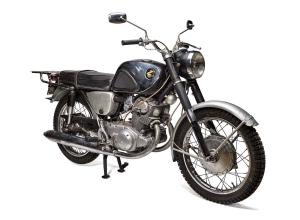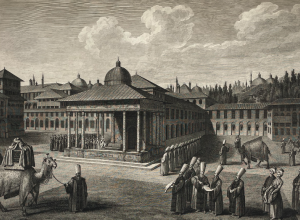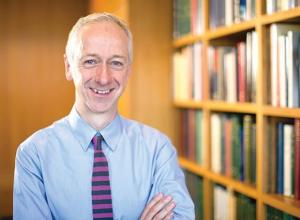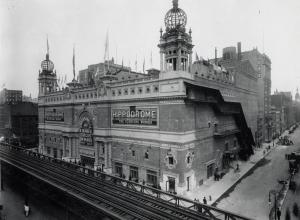November 2015 |
The First Modern Japanese-English Dictionary
 In 1859, the Pennsylvania-born Dr. James Curtis Hepburn went to Japan as a medical missionary. He returned a lexicographer.
In 1859, the Pennsylvania-born Dr. James Curtis Hepburn went to Japan as a medical missionary. He returned a lexicographer. No stranger to foreign travel, Hepburn had already spent five years as missionary in Singapore and China. He also tried a medical practice in New York City for several years, but ultimately lived in Japan for 25 years, where he established a clinic and a school in Yokohama. Aside from these achievements, Hepburn also created, in 1867, the first modern Japanese-English dictionary. The dictionary took him nearly eight years to complete, with the assistance of Japanese journalist and scholar Kishida Gink?. It became the standard bilingual reference book, and Hepburn's name became attached to the system of romanization he pioneered in the dictionary. What linguists call the "Hepburn romanization" is still regarded as the best system for the transcription of the Japanese language into the Latin alphabet.
A first edition of his historic dictionary, in its original cloth binding, will be on offer this Saturday at the Boston Book, Print & Ephemera Show from Archway Books. The price is $3,750.
Image Courtesy of Archway Books.















